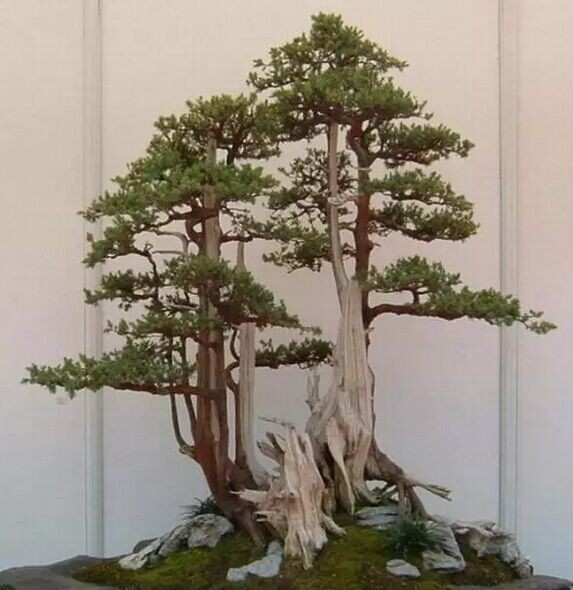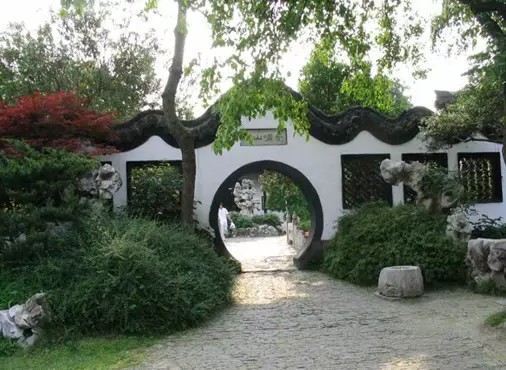National Intangible Cultural Heritage-- Yangpai Bonsai skill
Yang style bonsai is one of the "five major schools" of Chinese tree stump bonsai. It has a long history and the most distinctive features. Compared with Sichuan School, Su School, Lingnan School and Shanghai School, its ancient cutting skills are also the most complete. In June 2008, Yangpai bonsai technology was selected into the national intangible cultural heritage list, which is a milestone in the inheritance and development of Yangpai bonsai technology, which is of epoch-making significance.
In December 2008, the Jiangsu Provincial Department of Culture announced the list of provincial successors of the project, and two representative figures from the production of modern flood and drought bonsai were selected. Unlike other disputes over the selection of project successors, this dispute is not caused by the lack of distinction between successors, but the ultimate focus of the dispute lies in the project itself-Yangpai bonsai skills.
What is Yangpai bonsai? What is her core skill? Does modern flood and drought bonsai belong to the category of Yangpai bonsai? Does the elected heir have the skill of Yangpai bonsai? These issues are the focus of controversy. The emergence of controversy is a useful thing for the project itself, it helps us to have a deeper understanding of the project, so as to achieve the ultimate goal of better protection of the heritage.
As the cultural conscious behavior of the people and as a volunteer participant in the protection of the intangible cultural heritage, I look up the relevant contents of the project declaration with respect for the cultural heritage, and write this article in combination with my own theoretical research experience. I briefly describe my views and views on Yangpai bonsai, a national intangible cultural heritage project. It is only for the leaders of the cultural department, experts in the protection of the intangible cultural heritage and people inside and outside the bonsai industry for reference and correction, and it is also hoped that the "brick" and the "jade" will arouse people's more attention to Yang's bonsai skills.
Time: 2019-06-04 Click:
- Prev

The unique styling structure of Su-style bonsai
Suzhou is located on the shore of Taihu Lake, with beautiful mountains and rivers, beautiful scenery, humid climate and abundant rainfall. There is a rich variety of plants available for bonsai production. Suzhou is also rich in all kinds of rocks suitable for landscape bonsai, such as Taihu Lake Stone, Kunshan Baibai, Suzhou Huangshi and so on.
- Next

See he Yuanyang send bonsai exhibition, enjoy red leaves, smell cinnamon incense
Yangpai bonsai was made in the Tang and Song dynasties. To the Qing Dynasty, Yangzhou widely built gardens, Daxing bonsai, every family had a garden, every household raised bonsai, and formed a school. In 1949, Yangpai bonsai had a further development. In early 1950, Yangzhou transferred 36 pots of pine and cypress bonsai to Zhongnanhai in Beijing
Related
- Fuxing push coffee new agricultural production and marketing class: lack of small-scale processing plants
- Jujube rice field leisure farm deep ploughing Yilan for five years to create a space for organic food and play
- Nongyu Farm-A trial of organic papaya for brave women with advanced technology
- Four points for attention in the prevention and control of diseases and insect pests of edible fungi
- How to add nutrient solution to Edible Fungi
- Is there any good way to control edible fungus mites?
- Open Inoculation Technology of Edible Fungi
- Is there any clever way to use fertilizer for edible fungus in winter?
- What agents are used to kill the pathogens of edible fungi in the mushroom shed?
- Rapid drying of Edible Fungi

